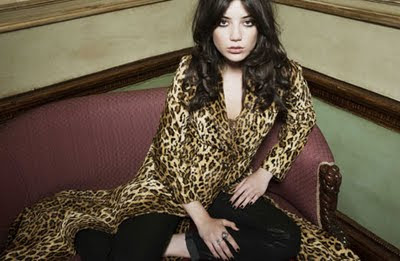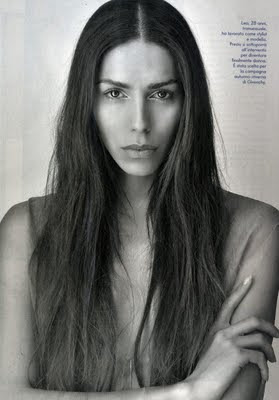THE RETURN OF BIBA!
Biba was the most glorious fashion retailer of the 60’s and 70’s. It was the original brainchild of Barbara Hulanicki, a skilled fashion illustrator-turned-designer from Jerusalem. Hulanicki’s family moved to England when she was just a child.
Unlike most of the fashion retailers of today, Biba had humble beginnings and started off as a tiny mail-order boutique with a few cheap garments all cut to the same skinny size. Barbara wanted her designs to take off quickly and the first dress to become popular (and make the brand famous) was a simple gingham shift dress. This dress was advertised in the Daily Mirror and quickly went out of stock and into the homes of thousands of fashionable teenagers living in the UK, almost faster than she could have made them.
After such a success, Hulanicki opened her first shop in Kensington in 1964, this became instantly popular as the young and fashionable flocked to pick up the cheap, wearable and devastatingly fashionable designs.
The Biba label went from strength to strength, it soon moved from its small shop to a massive department store on Kensington High Street – and so Big Biba was born.
Big Biba seemed to answer the dreams of young women everywhere as it offered a luxurious and unique shopping experience. Then Art Nouveau label became intensely desirable, and appeared on everything in the store – from art-deco suit jackets to baked bean cans.
The interior of the shop was also luxuriant and of an art deco 1930s style, rather than a 70s shop. For many, the Biba store was not simply a place to purchase, it was something to be viewed, marvelled at. Big Biba soon became a fashionable tourist attraction, just as Harrods or Hamleys is today.
Big Biba sold everything: men’s, women’s and children’s clothing, groceries, shoes, make-up, accessories, playing cards, souvenirs and more. To add to its opulence, there was also a roof garden with live flamingos.
Sadly, the wonderful dream that was Biba, was not to last. Behind all the extravagance and fashion design, the Biba label failed to keep up with the trends, and Barbara was powerless to defend her invention when there were arguments over creative control.
In 1975, Biba closed its doors and so ended a British icon.
The Biba Look
Made for the impossibly slim teenager and young adult, Barbara described the perfect Biba girls as ‘fresh little foals with long legs, bright faces and round dolly eyes’. The clothes themselves were frequently dark, romantic and owed much to the styles of previous decades- Art Deco especially. The colour palette, save for the odd venture into the more sequinned 70's glam look, stayed resolutely dark and rich- plums, rusty browns and inky blues. Some common features of Biba clothes include high arm holes, bishop sleeves and covered buttons. Today vintage Biba clothes are incredibly desirable and reasonably rare- however, if you want a piece of wearable history, they are not unattainable. Saddened by the story of Biba’s demise? Not to fear! Biba is back! Situated in House of Fraser department stores, Biba sells current designs with a 60s/70s edge. Definitely something to look out for! The look of Biba in 2010 is being stylishly advertised by the gorgeous model, Daisy Lowe who matches Hulanicki’s description of the perfect consumer for Biba. The new collection exhibits luxurious fabrics as well as cutting edge fashion, to appeal to today’s consumers. Biba seems to be as successful as ever.
















